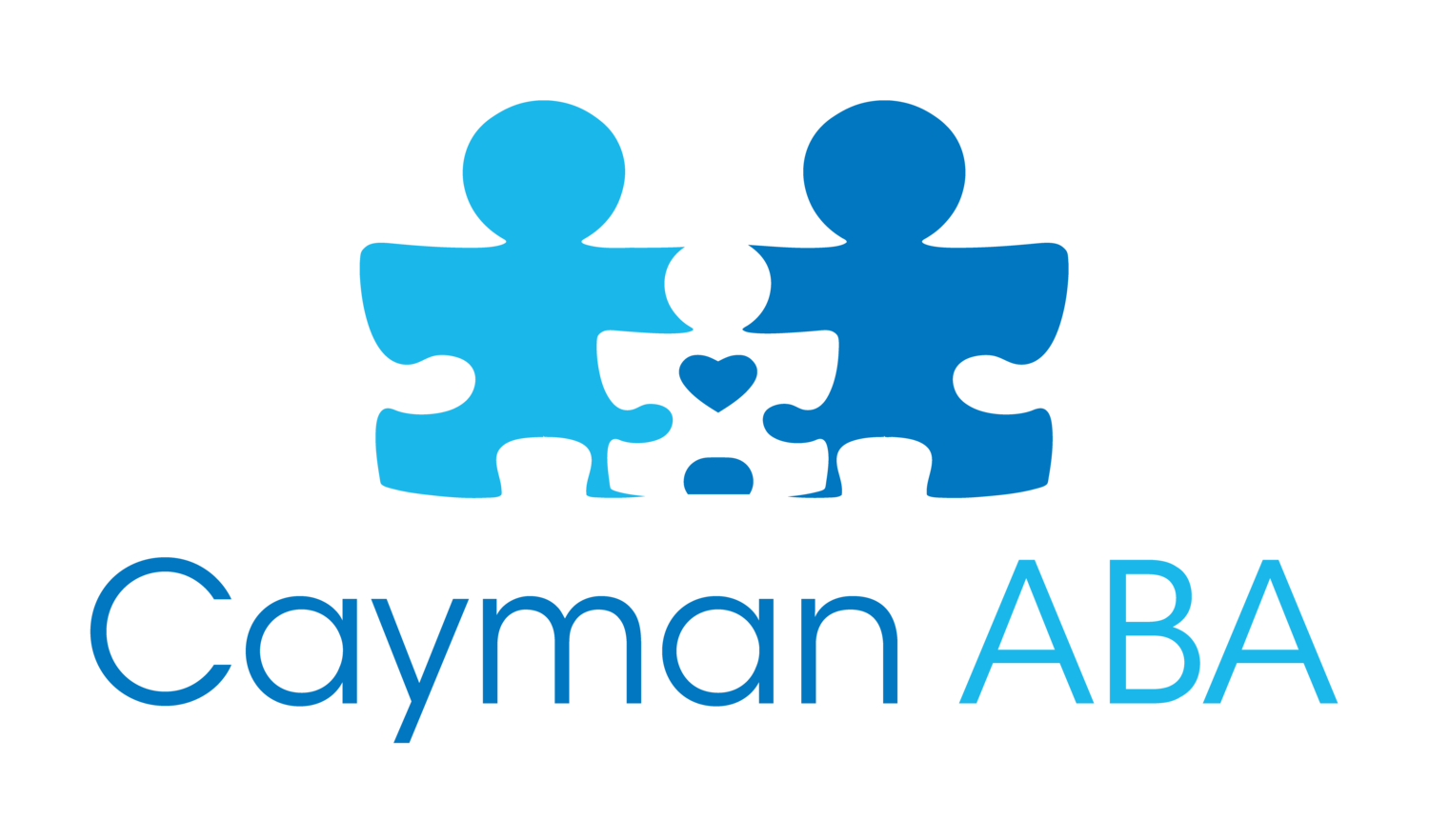We engage into different behaviors every day, and there are reasons why we engaged into those types of behaviors. This implies that there is always a function why each of us behaves the way we are and it’s always connected to the reinforcement and punishment that we experience every day. We have already shared to you the first three functions of behavior (gaining attention, access to tangibles, and escape). Now, lets see the last function, which is automatic or sensory stimulation.
Automatic or Sensory stimulation may be classified as either positive (presentation of a stimulus) or negative (removal of a stimulus) non-socially mediated reinforcement. In this type of behavior function, the individual may repeatedly engage into a certain behavior specifically when alone, to either feel good or to remove unpleasant feelings. This type of sensation is rewarding to the person doing it and so he/she will tend to do it often to get the same sensation.
To understand this term better, let’s find out some things that we do everyday that would fall into this function. We have some activities that we normally do everyday that would give us an automatic positive reinforcement / makes us feel good (e.g., adding sugar or milk to your coffee, watching a movie or listening to music) or automatic negative reinforcement / remove something that we don’t like (e.g., washing hands to remove dirt, turning on car wipers to remove rain, turning off lights when going to sleep, or rubbing your leg to sooth pain).
In our practice, we typically see children with autism engage into self-stimulatory behaviors when they are not engaged in any activity or when they are alone. They may at times resort to self-injurious behaviors because it produces a desirable sensory experience. These children may as well engage into inappropriate behaviors to escape an aversive sensory experience (e.g., head banging may temporarily reduce the pain caused by an ear infection, skin scratching to reduce itching from a dermatological condition or compulsions carried out by people with OCD which briefly reduce distress). At times, they engage into persistent, non-purposeful, repetitive self-stimulatory behaviors (e.g., spinning, head/ body rocking, tip toeing, hair pulling, hand flapping, etc.) to escape from a task or a demand because it makes them happier to do it or it is easier to hand flap than to attend to your task.
Parents may observe this type of behavior as well at home. It may be difficult for them on how to address self-stimulatory behaviors as it can have more than one function (e.g., escape from a demand). Once we understand the function of the different self-stimulatory behaviors, it becomes easier to modify them. Parents must follow the recommendations provided by the child’s therapy team for consistency.
In ABA, one way to address self-stimulatory behaviors especially those behaviors that can cause harm to the child is Sensory Extinction. Behaviors sustained by automatic reinforcement are placed on extinction (a.k.a. sensory extinction) by masking or removing the sensory consequence. It simply means that in the application of the intervention, the person can still do the problem behavior but that behavior will not produce the same reinforcement anymore. Let me show you some examples of applying Sensory Extinction to address Self-stimulatory behaviors from research studies that are proven effective.
Examples of applying Sensory Extinction
As you noticed from all of the examples, they can still do the self-stimulatory behaviors even after the intervention is applied, but they don’t get the same type of reinforcing sensations anymore, so they stop doing the behavior.
Another approach is blocking the behavior. The applications of response blocking to reduce problem behaviors appear similar to sensory extinction. Response blocking, however, is not an extinction procedure. With all extinction procedures, including sensory consequences, the person can emit the problem behavior but that behavior will not produce the reinforcement anymore. By contrast, response blocking prevents the occurrence of the target behavior. An example of response blocking is having the individual wear goggles to prevent him from eye poking. In this scenario, the child can no longer reach and touch his eyes and can no longer feel the same reinforcing sensation anymore, thereby decreasing the occurrence of eye poking behavior.
In our practice, we encounter children who engage in verbal stimulatory behaviors. We just usually redirect the child in answering simple questions, naming pictures upon instruction, or counting the pictures about the current activity (e.g., puzzle) that he/ she is engaged in to block him/her from verbal stimming or scripting and to divert his/her attention back to the task. We at times use green and red card to indicate the times where the child is allowed to do verbal stimming/ scripting (green card) after a certain task is done and when not to (red card) when at the moment of completing a task. It’s just presenting the red card (cue/ block the child from scripting) on the table while the child is doing the task and presenting the child the green card (allowed to do verbal stimming/ scripting) upon the completion of the task. There are several ways in addressing self-stimulatory behaviors (e.g., the use of goggles, gloves, helmets, wrist weights, etc.) to block the occurrence of responses maintained by automatic reinforcement.
In this regard, it is crucial to choose the most effective intervention management in addressing self-stimulatory behaviors to meet your child’s needs. It is essential to have an effective behavior plan in place to these types of behaviors, as some behaviors can be harmful and dangerous.

